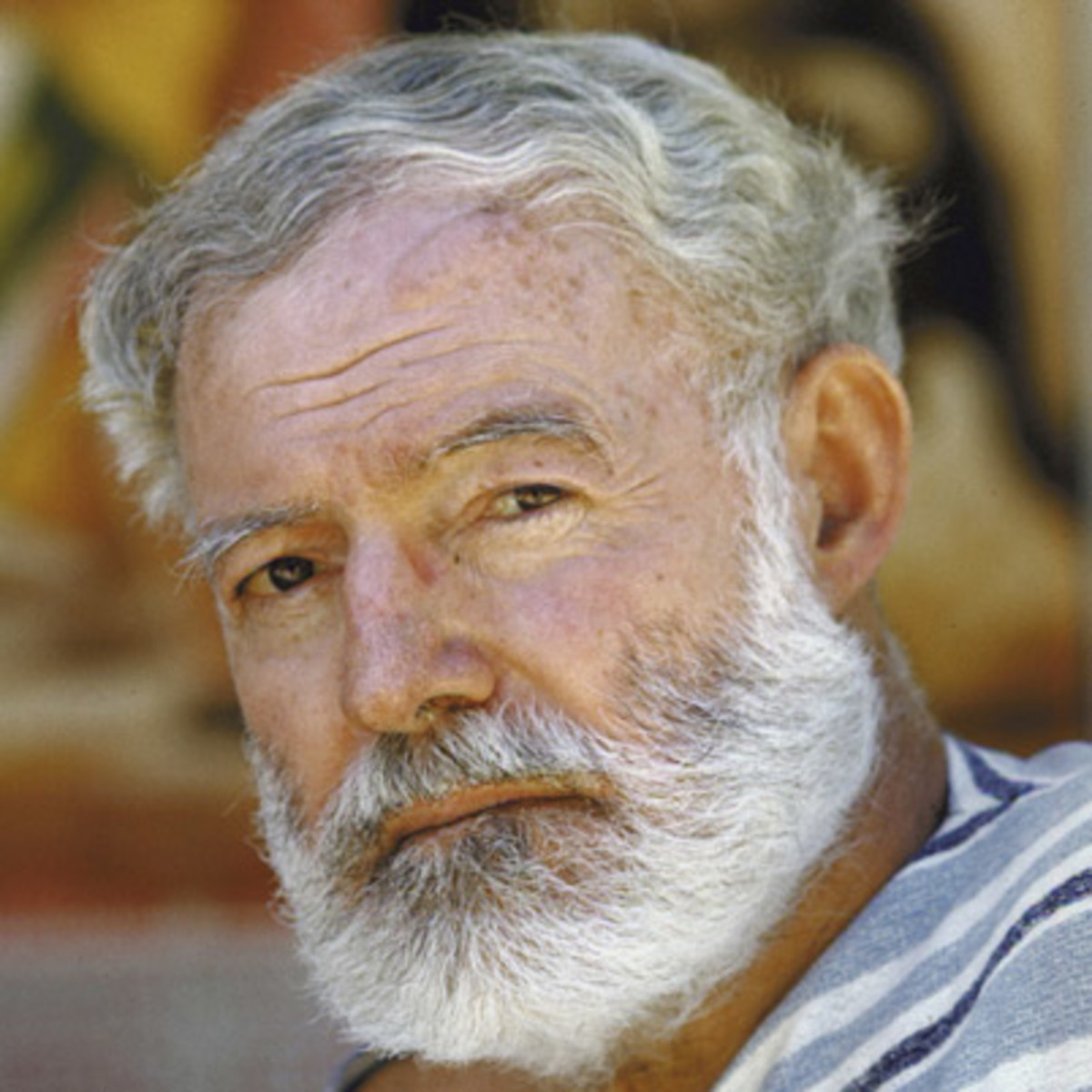
Born: Not Found
Died: Not Found
Region: Not Found
Address: Not Found
Biography:
Ernest Miller Hemingway was an American author and journalist. His economical and understated style had a strong influence on 20th-century fiction, while his life of adventure and his public image influenced later generations. Hemingway produced most of his work between the mid-1920s and the mid-1950s, and won the Nobel Prize in Literature in 1954. He published seven novels, six short story collections and two non-fiction works. Three novels, four collections of short stories and three non-fiction works were published posthumously. Many of these are considered classics of American literature.
Hemingway served as an ambulance driver in Italy during World War I, and on July 8, 1918, he was badly wounded by mortar fire—yet he managed to help Italian soldiers reach safety. The action earned him an Italian Silver Medal of Valor. That honor was paralleled almost 30 years later when the U.S. awarded him a Bronze Star for courage displayed while covering the European theater in World War II as a journalist. His articles appeared in Collier’s and other magazines.
Following D-Day on June 6, 1944, when Hemingway, a civilian, was not allowed to disembark on Omaha Beach, he led a band of Resistance fighters in the French town of Rambouillet on a mission to gather intelligence. The problem was, war correspondents aren't supposed to lead armed troops, according to the Geneva Convention. The Inspector General of the Third Army charged Hemingway with several serious offenses, including removing patches from his clothing that identified him as a journalist, stockpiling weapons in his hotel room, and commanding a faction of Resistance operatives. Eventually, he was cleared of wrongdoing.
Renowned American modernist writer Gertude Stein moved to Paris in 1903 and hosted regular salons that were attended by luminaries and artists of the time. They included Pablo Picasso, Ezra Pound, F. Scott Fitzgerald, and a young Ernest Hemingway. Stein became godmother to Hemingway’s first son, Jack, in 1923.
When Collier's sent the legendary war correspondent Martha Gellhorn to China for a story in 1941, Hemingway, her husband, accompanied her and filed dispatches for PM. Documentation from the Stalin-era KGB (revealed in a 2009 book) shows that Hemingway was possibly recruited as a willing, clandestine source just prior to the trip and was given the codename “Argo.” The documents also show that he didn’t deliver any useful political intel, wasn’t trained for espionage, and only stayed on their list of active sources until the end of the decade.
Hemingway chronicled his life in Paris in his 1964 memoir A Moveable Feast, and revealed one notorious encounter with the Great Gatsby author in the book. Fitzgerald remarked that his wife Zelda has mocked his manhood by claiming he wouldn't be able to satisfy a lover. Hemingway suggested he investigate for himself. He took Fitzgerald to the bathroom at Michaud's, a popular restaurant in Paris, to examine his penis. Hemingway ultimately told his friend that his physical endowment was of a totally normal size and suggested he check out some nude statues at the Louvre for confirmation.
Each time he got divorced, Hemingway was married again within the year—but he always left something behind in print. The dedication for The Sun Also Rises went to his first wife, Elizabeth Hadley Richardson; Death in the Afternoon was dedicated to second wife Pauline Pfeiffer; For Whom the Bell Tolls was for third wife Martha Gellhorn; and Across the River and Into the Trees went “To Mary with Love.”
Hemingway wrote several iconic works, including To Have and Have Not, at his house in Key West, Florida. It’s also where he converted a urinal from a local bar into a fountain. Local haunt Sloppy Joe’s was a favorite watering hole of the irascible author, so when the place went under renovation, Hemingway took one of the urinals as a memento, quipping that he’d already poured enough money into it to make it his.
Product successfully Added!

